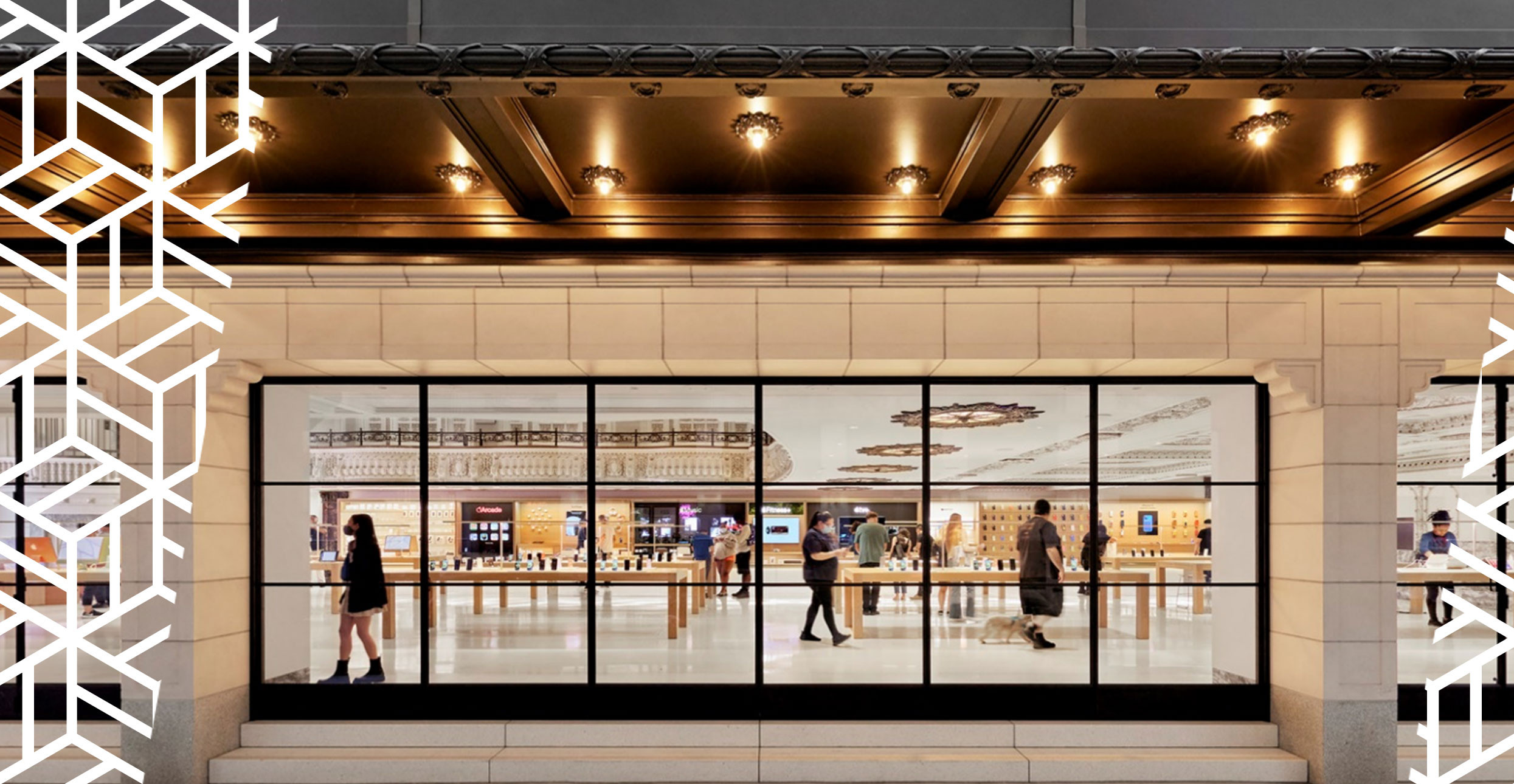From a theater transformed into a tech retailer flagship in downtown Los Angeles to a collaborative amenity space in the first WELL-certified office building in New York’s Midtown, new spaces need to create a reason for people to visit—whether a customer contemplating shopping online or in-store, or an employee debating whether to work from home or the office.
In adaptive reuse and repositioning projects, there should be an emphasis on the architecture of the existing structure. Honoring the original building provides a sense of history and tie to the community that creates a reason to visit the space. At the Tower Theatre in DTLA, the renovation kept a lot of the 1927 theater in tact while creating a brand new use for the space as the flagship for a leading tech retailer.
In commercial offices, the key is transforming the office from a place people have to go to a place people want to go. This includes creating collaborative spaces where people feel safe and comfortable and amenity spaces that include health & wellness and food & beverage options, as well as club levels and sky suites. The Diagrid Club at 425 Park Avenue in Midtown Manhattan boasts indoor and outdoor gardens across two terraces, a coffee bar, meditation room, lounge and collaboration areas, and a commercial prep kitchen for events.
Supporting the health and well-being of tenants is also a major focus, including the introduction and incorporation of more fresh air and a heightened focus on sustainability, with the pursuit of WELL certifications and the Living Building Challenge, along with the incorporation of materials such as cross-laminated timber.
The design and construction of buildings and spaces, when executed thoughtfully, have immense power to draw people in.
